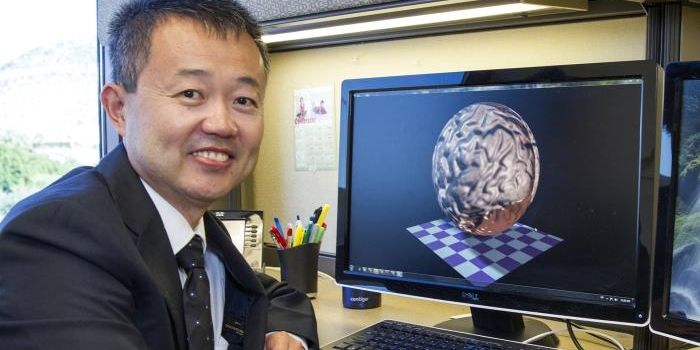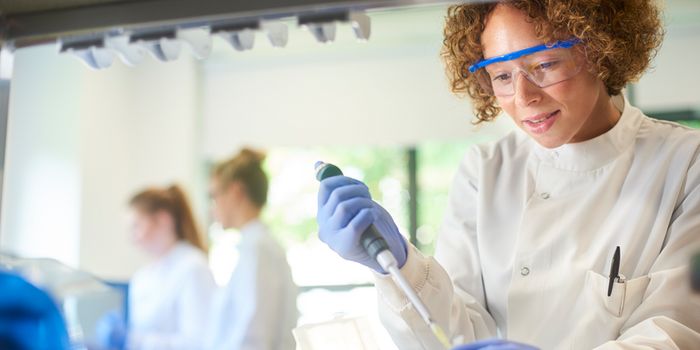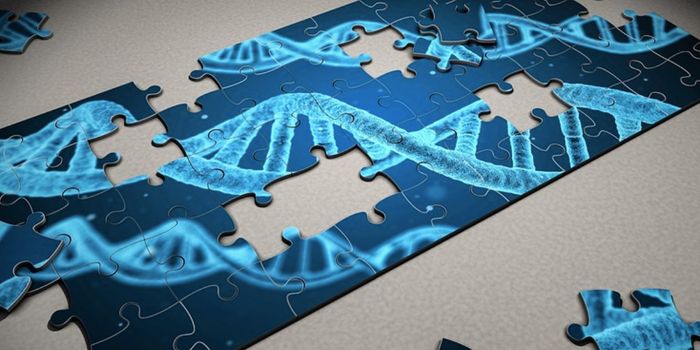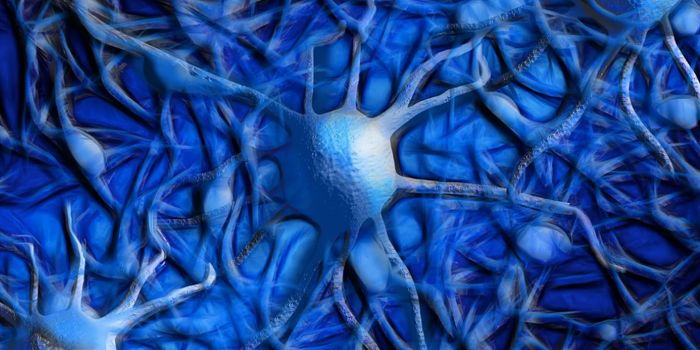ADHD Can Share Genetic Risk Factors Linked to Aggressive, Antisocial RIsk Factors
Attention-deficit/hyperactivity disorder (ADHD) is thought to affect almost ten percent of children in the United States, and estimates of the worldwide prevalence vary widely but are thought to be around five percent. The disorder can also continue to affect people into adulthood. Scientists have been trying to learn more about the biological causes of the disorder, which causes impulsivity, hyperactivity, and poor attention span, and is sometimes accompanied by disruptive behavior disorders that are linked primarily to antisocial and aggressive action.
Researchers have been looking to the genome to learn more; it's known that these disorders have a genetic component. The scientists wanted to find small variations in some individuals' genetic sequences that are more likely to be carried by people with these psychiatric disorders than healthy people. The work has shown that people that have ADHD combined with disruptive behavior disorders (DBDs) seem to be more likely to have a genetic basis for their disorder; these ADHD/DBD patients share about 80 percent of the genetic variants that are associated with aggressive and antisocial behaviors. The findings have been reported in Nature Communications.
"ADHD and DBD are caused by genetic and environmental factors. Regarding ADHD, it is estimated that genetics account for 75 percent, while in DBDs, it would oscillate between 40 and 70 percent. These clinical pictures are more frequent in boys than girls, and when they come together, people are more likely to fall into risky behaviors, addictive substance use, and premature death," noted Bru Cormand, professor at the Department of Genetics, Microbiology, and Statistics, and head of the Research Group on Neurogenetics of the University of Barcelona (IBUB).
This work examined data from about 4,000 people with ADHD and DSBs and compared them to 30,000 unaffected individuals.
"Certain people feature two or more psychiatric disorders, and this coexistence continues, in many cases, in a chronological axis, in which suffering from a psychiatric disorder such as ADHD involves opening the door to other comorbid pathologies that aggravate the life quality of those who suffer from the disorder," noted Marta Ribasés, head of the Laboratory of Genetic Psychiatry of Vall d'Hebrón Research Institute (VHIR).
"Our study shows that genetics are more determining in people with ADHD and DBD than those who only suffer from ADHD," noted Cormand.
"If we compare the genome of patients with ADHD and DBD to that of those patients with only ADHD, we see that people affected by both disorders have a higher genetic correlation with risk genetic variants. These extra correlations of ADHD and DBD patients would probably correspond to alterations other authors had related to aggressive-related behaviors."
This work revealed that a portion of chromosome 11 contains a genetic region that is linked to a greater likelihood of having ADHD and DBD together.
"This region has the STIM1 gene, which is involved in the regulation of calcium cell levels, neuronal plasticity, and learning memory," noted Cormand.
It may one day be possible to use genetic testing to identify people with ADHD that are most in need of treatment that can prevent the occurrence of other problems.
"These results allow us to better understand the origins of DBDs associated with ADHD and provide better information to the family members about this disorder," said Josep Antoni Ramos Quiroga, head of the Psychiatry Service of Hospital Vall d'Hebron and the Research Group on Mental Health Psychiatry and Addictions at VHIR.
Sources: AAAS/Eurekalert! via University of Barcelona, Nature Communications









